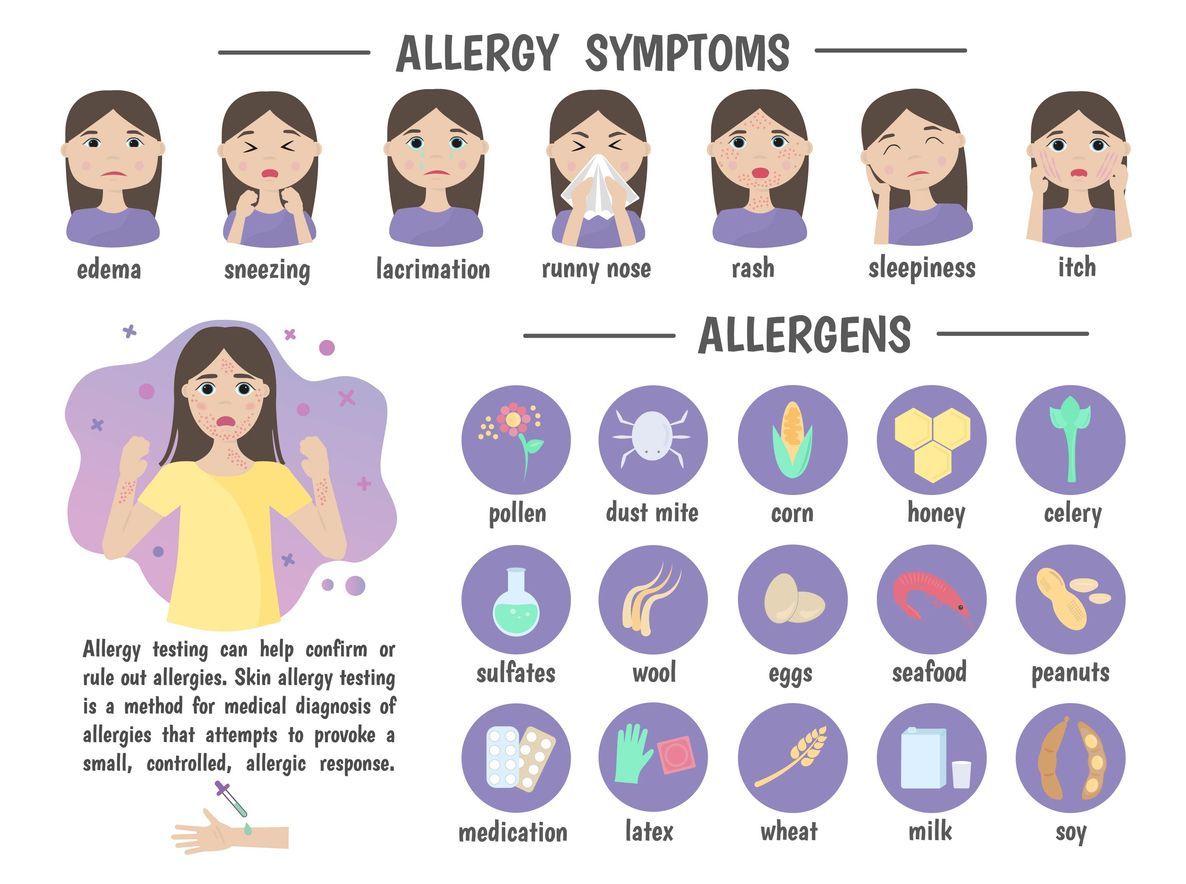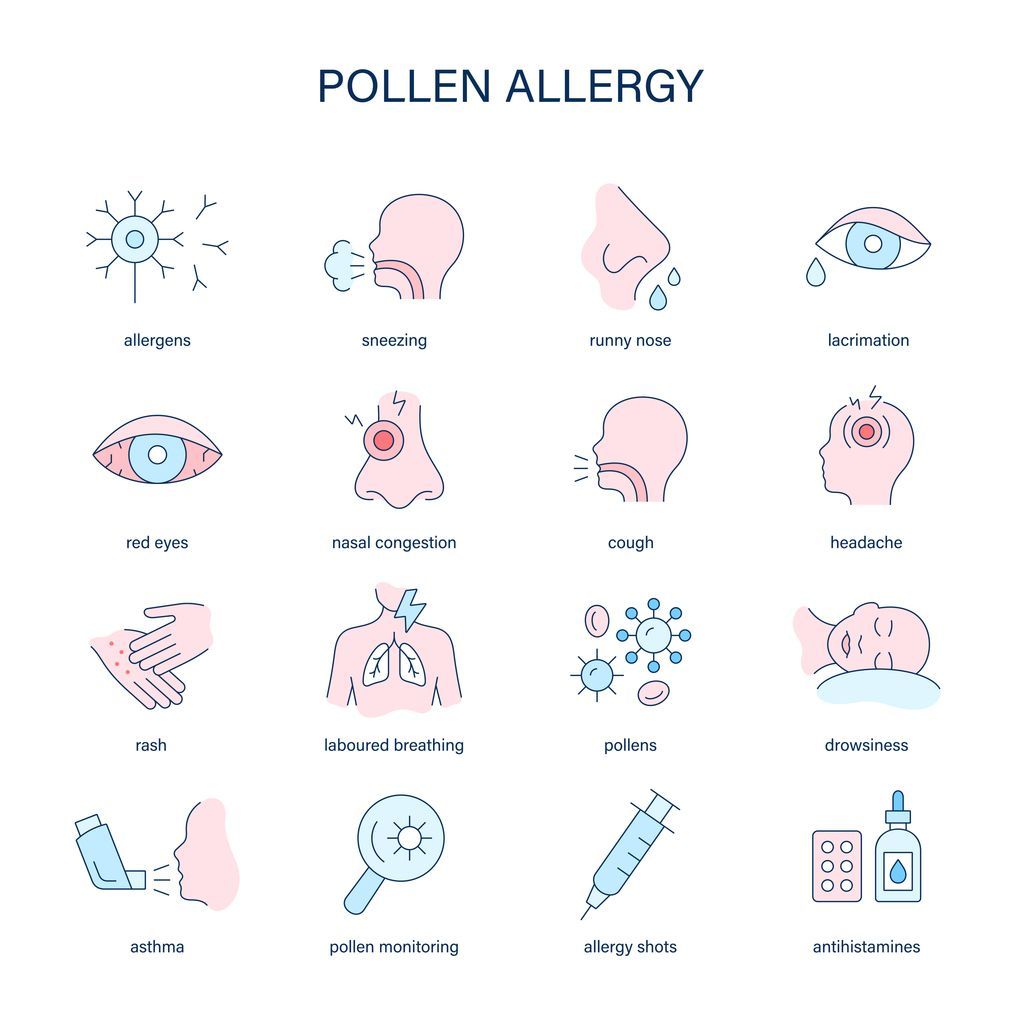Everything you need to know about allergy drops
Everything you need to know about allergy drops
Allergy drops, also known as sublingual immunotherapy (SLIT), have gained popularity as an effective treatment option for those suffering from allergies. Unlike traditional allergy shots, allergy drops are administered orally and can be taken at home, making them a convenient and safe alternative to other allergy medications. In this article, we will explore everything you need to know about allergy drops, including how they work, their effectiveness, potential side effects, and who may benefit from this treatment option.
Do allergy drops really work?
Allergy drops have been shown to be effective in reducing allergy symptoms in many people. Numerous studies have shown that allergy drops can effectively reduce the frequency and severity of allergy symptoms, improve quality of life, and reduce the need for other allergy medications.
According to the American Academy of Allergy, Asthma & Immunology, sublingual immunotherapy (SLIT) has been shown to be effective in the treatment of allergic rhinitis (hay fever) and asthma caused by allergies.
Why choose allergy drops?
There are several benefits of allergy drops as a treatment option for allergies, including:
- Convenience: Allergy drops can be taken at home, eliminating the need for frequent visits to a doctor's office for allergy shots, which involve injections of small doses under the skin with a needle.
- Fewer side effects: Studies conducted on the safety of SLIT therapy as a treatment for allergic rhinitis established that there were lower chances of severe reactions for allergy drops compared to allergy shots.
- Long-term benefits: Studies conducted on the long-term efficacy and symptom relief of allergy drops showed that allergic rhinitis symptoms improved after allergen drops were taken for three years, with relief continuing two to three years after treatment was stopped.
How allergy drops work
Allergy drops work by exposing your immune system to small amounts of the allergen(s) they are sensitive to over time. The goal is to desensitize your immune system to the allergen(s) and reduce the severity of your allergic reactions. This process is known as immunotherapy.
Unlike other medications that treat allergy symptoms, sublingual allergy drops treat the condition itself. When you're exposed to something you're allergic to, your immune system gets to work to fight it, causing symptoms of rhinitis such as runny nose, watery eyes, and sneezing. Therefore, repeated exposure to small but increasing doses of allergens desensitizes your immune system, and with time, your body becomes tolerant of the allergen.
Allergy drops vs. allergy shots
Allergy shots are administered via injections, typically in a doctor's office, while allergy drops are taken orally, typically at home. Allergy shots require a significant time commitment and can be expensive, as patients must visit their doctor's office for the injections regularly.
However, with allergy drops, you don't have to visit the doctor as you can administer the drops yourself, which can be more convenient if you have a busy schedule. Allergy drops may also have a lower risk of serious side effects than allergy shots. Because the drops are taken orally, there is no risk of anaphylaxis, a severe and potentially life-threatening allergic reaction that can occur with allergy shots.
Are allergy drops right for my allergies?
Determining if allergy drops are right for your allergies depends on several factors, including the type and severity of your allergies, medical history, and overall health. Allergy drops may be a good option for people with allergic rhinitis, allergic asthma, and certain insect allergies. However, more research is needed for its effectiveness for food allergies.
Consult a doctor today
Iowa Allergy Clinic is committed to offering environmental allergy treatment options for different allergies. If you think that allergy drops are the symptom relief you need,
contact us today, and we will be more than happy to walk you through SLIT therapy










